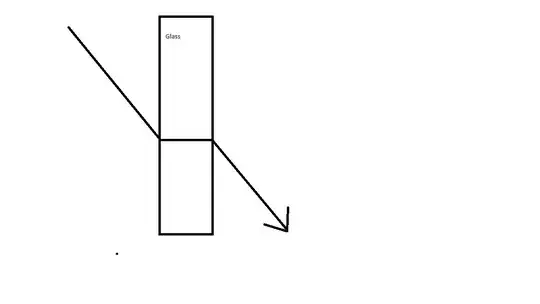I’ve been reading questions and answers to this topic and have conducted a few experiments as well to try and understand what happens to light in a medium. Somethings just don’t seem to make sense to me. I’m not requesting that all of the questions below be answered, even just one would be appreciated.
Why does the reemission photon travel in the same direction as the photon that caused the reemission?
How could the medium, glass, water etc. vibrate at visible light frequencies. Seems too fast.
What info do the photons pass along the way that allows for the photons to exit the material in the same direction as those entering the material?
Is there a physical cause for the reduced wavelength. I know it is necessary for conservation of energy, but how is the wavelength actually decreased?
